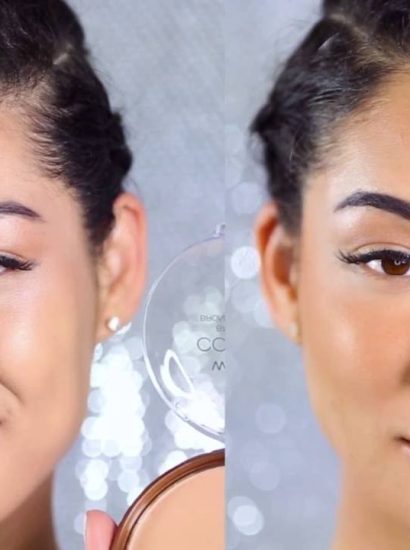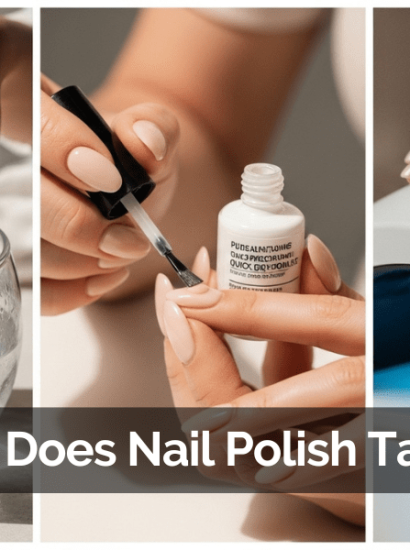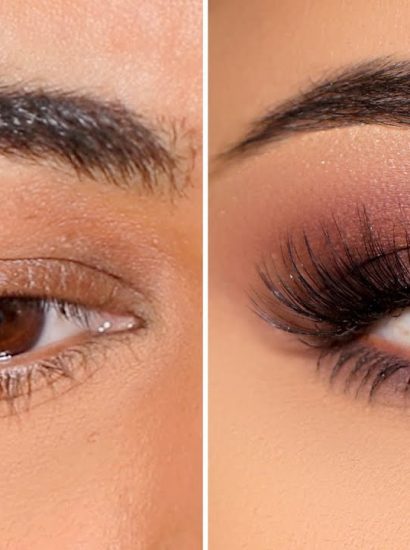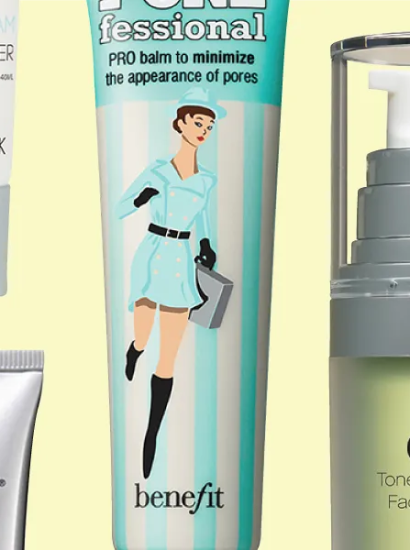When it comes to makeup, flawless application isn’t just about the products you use—it’s also about the order in which you apply them. One of the most common questions beauty enthusiasts ask is: Do you put sunscreen or primer first? Both are essential, but they serve very different purposes. Sunscreen shields your skin from harmful UV rays, while primer preps your skin for a smooth, long-lasting finish. If you apply them in the wrong order, you could compromise both your skin’s protection and your makeup’s performance.
In this guide, we’ll break down the correct order, why it matters, and how to achieve a perfect base every time.
Why Sunscreen is Non-Negotiable
Sunscreen isn’t optional—it’s the foundation of healthy, youthful-looking skin. UV damage accelerates aging, causes hyperpigmentation, and increases the risk of skin cancer. Dermatologists recommend daily use of broad-spectrum SPF 30 or higher, even if you’re indoors, since UVA rays can penetrate windows.
Without sunscreen, no makeup routine can truly protect your skin from long-term damage.
The Role of Primer in Makeup
Primer acts as a bridge between skincare and makeup. It smooths texture, blurs pores, and helps foundation grip the skin better. Depending on the formula, it can also control oil, hydrate dry patches, or add a luminous glow.
Think of primer as the “glue” that keeps your makeup looking fresh all day. But unlike sunscreen, it has no protective benefits.
Sunscreen vs Primer: Key Differences
Before deciding which to apply first, it’s essential to understand their differences:
- Sunscreen: Protects against UVA/UVB damage, prevents premature aging, shields against sunburn.
- Primer: Prepares skin for makeup, extends wear time, addresses texture issues.
Since sunscreen is about protection and primer is about performance, their order directly affects both.
The Correct Order: Sunscreen First, Primer Second
The golden rule is: Sunscreen always comes before primer.
Here’s why:
- Sunscreen must create an even, protective layer directly on the skin.
- Applying primer first can dilute sunscreen, leaving gaps in protection.
- Layering primer on top of sunscreen won’t interfere with SPF effectiveness.
So, your base routine should always be: Moisturizer → Sunscreen → Primer → Foundation.
Chemical vs Mineral Sunscreen: Does It Change the Order?
Both chemical and mineral sunscreens should go before primer, but application techniques differ slightly:
- Chemical sunscreen: Needs 15–20 minutes to absorb into skin before layering primer.
- Mineral sunscreen: Creates a physical barrier and can be followed with primer almost immediately.
Knowing your sunscreen type helps prevent pilling and ensures smoother makeup application.
How to Apply Sunscreen Under Makeup Without Pilling
One of the biggest complaints is that sunscreen pills or makes makeup patchy. To avoid this:
- Use a lightweight, non-greasy sunscreen labeled “makeup-friendly.”
- Let sunscreen set fully before primer.
- Apply products with gentle, pressing motions rather than rubbing.
This way, both layers remain intact without interfering with each other.
What If Your Primer Has SPF?
Many primers now come with SPF. While convenient, they’re not a substitute for a dedicated sunscreen. Makeup primers with SPF often don’t provide enough coverage because most people don’t apply them in sufficient amounts.
Use your sunscreen as the main protection, and treat SPF primer as a bonus layer.
Common Mistakes to Avoid
When layering sunscreen and primer, avoid these pitfalls:
- Using too little sunscreen: Always use the two-finger method for proper coverage.
- Mixing sunscreen with primer/foundation: This dilutes SPF effectiveness.
- Applying primer too soon: Not letting sunscreen set can cause clumping.
- Skipping sunscreen indoors: UV rays still penetrate windows and screens.
Step-by-Step Routine for Flawless Base
Here’s the ideal order for a glowing, long-lasting makeup base:
- Cleanser – Start fresh with clean skin.
- Moisturizer – Hydrate for smooth application.
- Sunscreen (SPF 30+) – Wait a few minutes to absorb.
- Primer – Apply evenly, focusing on areas with pores or texture.
- Foundation/BB Cream – Build your coverage.
- Setting Powder/Spray – Lock it in place.
This sequence ensures both protection and performance.
Expert Tips for Long-Lasting Makeup with SPF
- Choose a matte primer if your sunscreen is dewy, to balance the finish.
- Opt for oil-free formulas if you have oily skin.
- Refresh SPF during the day with sunscreen sprays or powders that won’t disturb your makeup.
- Blot, don’t rub, if reapplying sunscreen over makeup.
Conclusion
The answer is simple: Sunscreen goes first, primer second. Sunscreen protects your skin, while primer perfects it. Together, they create the ultimate base for flawless makeup that’s both beautiful and safe.
By respecting the correct order and using the right formulas, you’ll ensure your skin is protected and your makeup lasts all day without compromise.
FAQs
1. Can I skip primer if I’m using sunscreen?
Yes, but primer enhances makeup longevity and smoothness. Sunscreen is essential; primer is optional.
2. Can I use a moisturizer with SPF instead of sunscreen?
Not recommended. Most moisturizers don’t provide adequate SPF coverage compared to dedicated sunscreens.
3. Should I wait between applying sunscreen and primer?
Yes. Wait 2–5 minutes (longer for chemical sunscreens) to let it absorb before layering primer.
4. Can I reapply sunscreen over makeup?
Yes, using SPF powders, sprays, or cushions designed for touch-ups.
5. Will primer reduce the effectiveness of sunscreen?
No, as long as sunscreen is applied first and given time to set. Primer works on top without interfering.
Also read: Key Vending Machine – Secure & Automated Key Management





